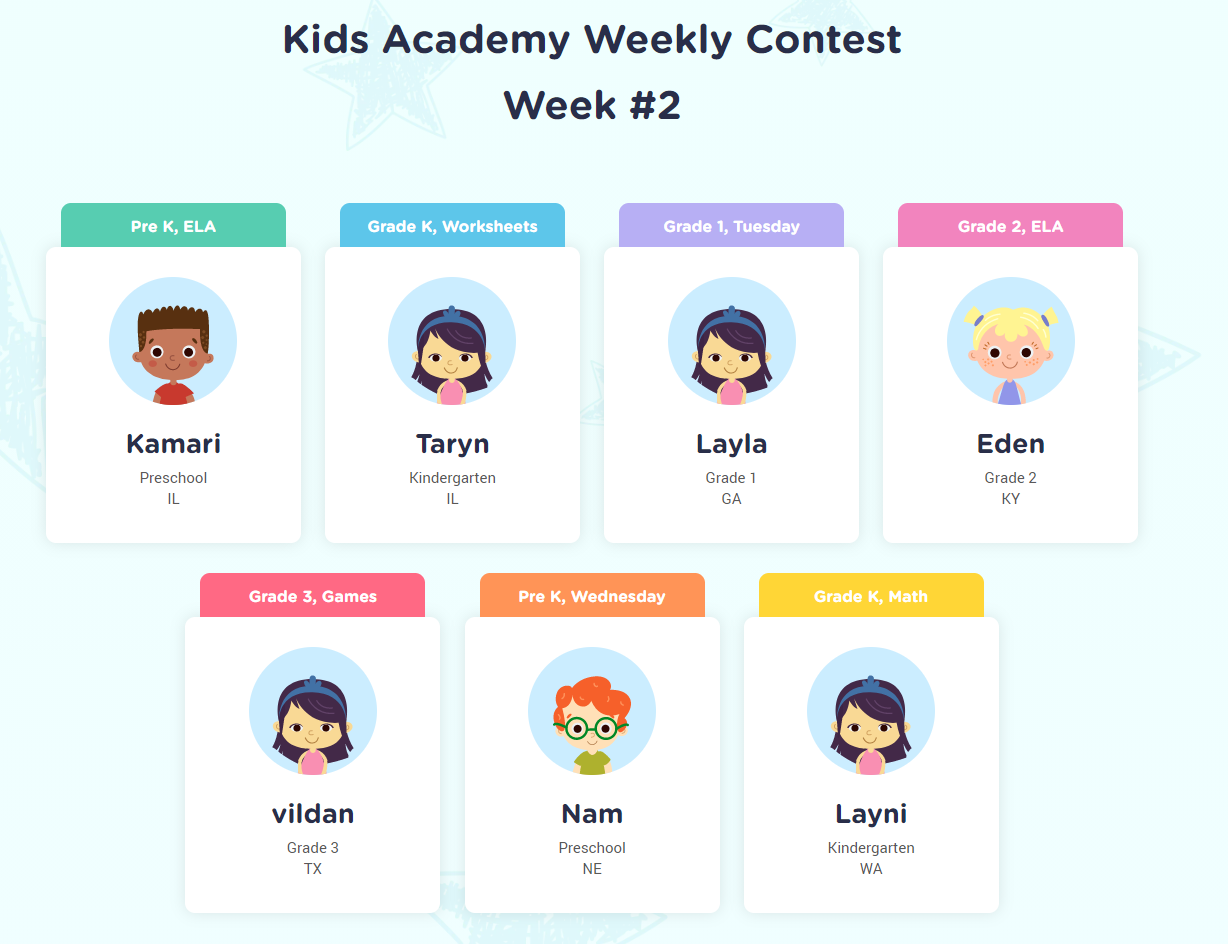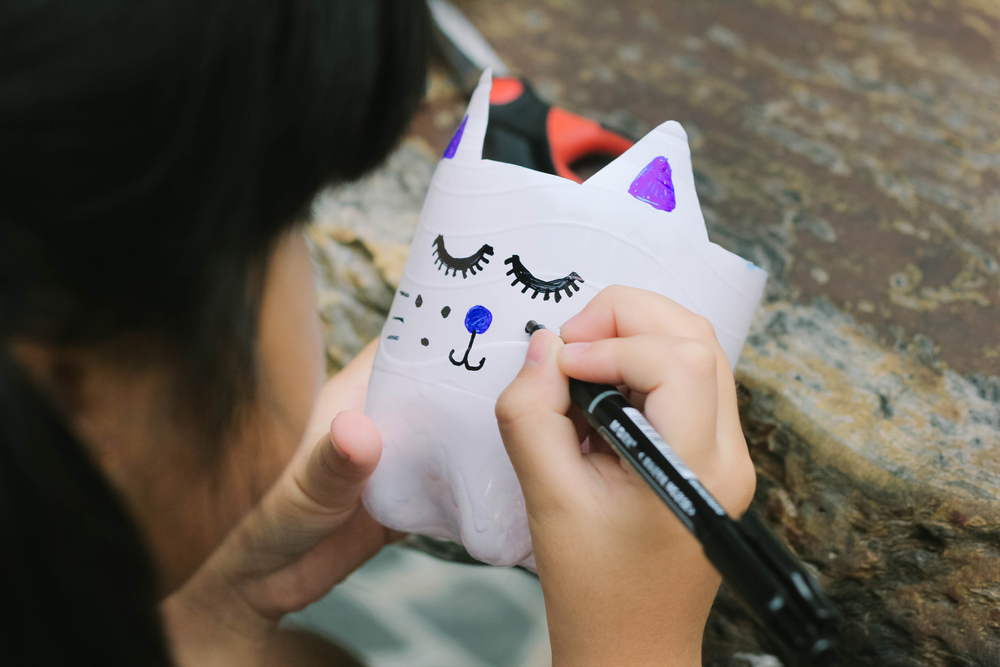Understanding directions Normal Science Worksheets for Ages 5-8
4 filtered results
-
From - To
Explore our expertly designed "Understanding Directions" Science Worksheets for children aged 5-8 at Kids Academy! Our engaging resources help young learners develop crucial direction-following skills integral in scientific inquiry. Bursting with interactive and colorful activities, these worksheets cover fundamental concepts such as left, right, up, and down. Perfect for enhancing comprehension, spatial awareness, and cognitive development, each worksheet creates a fun learning experience catering to different skill levels. Ideal for both classroom use and at-home practice, our worksheets build confidence and enthusiasm in budding scientists. Start their journey of discovery and critical thinking with Kids Academy today!


Going up or Down? Worksheet
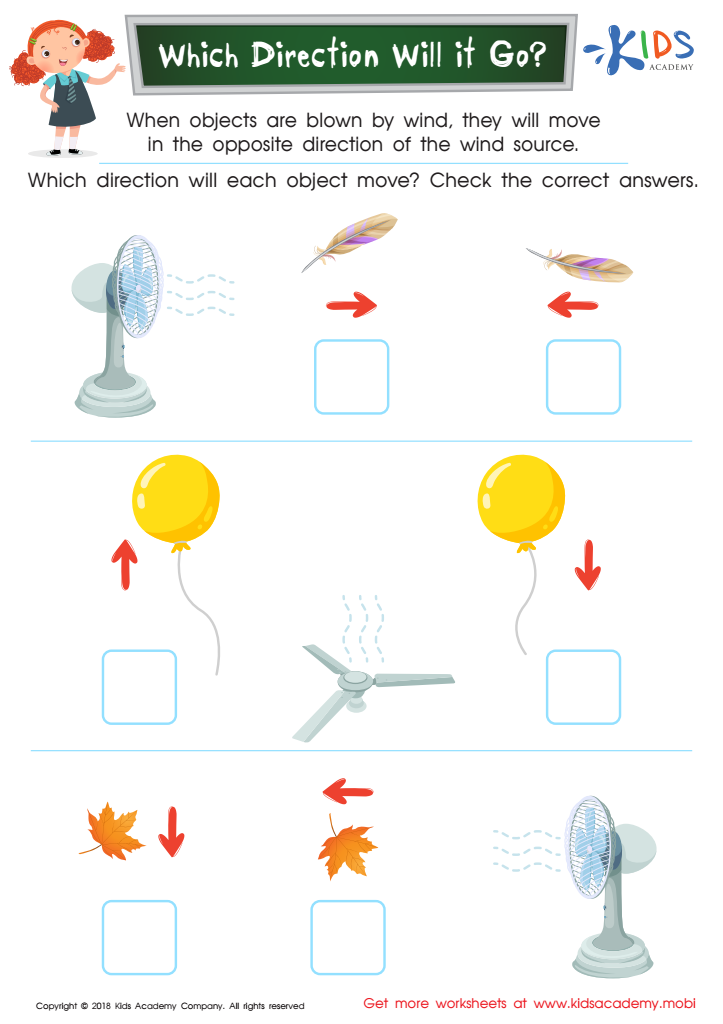

Which Direction Will it Go? Worksheet
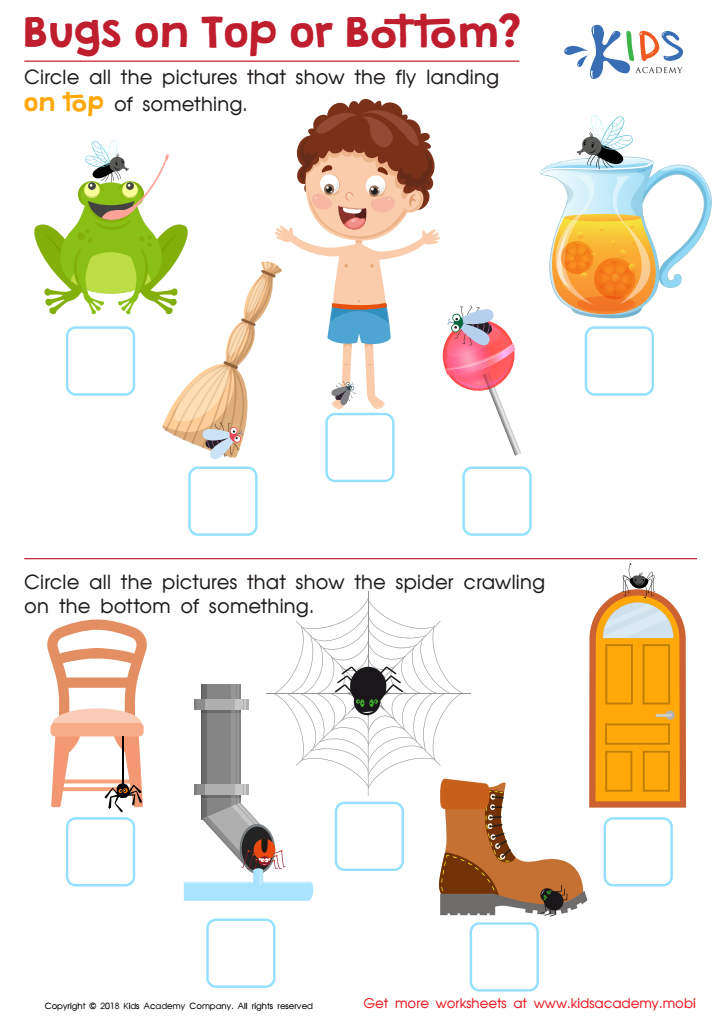

Bugs on Top or Bottom? Worksheet
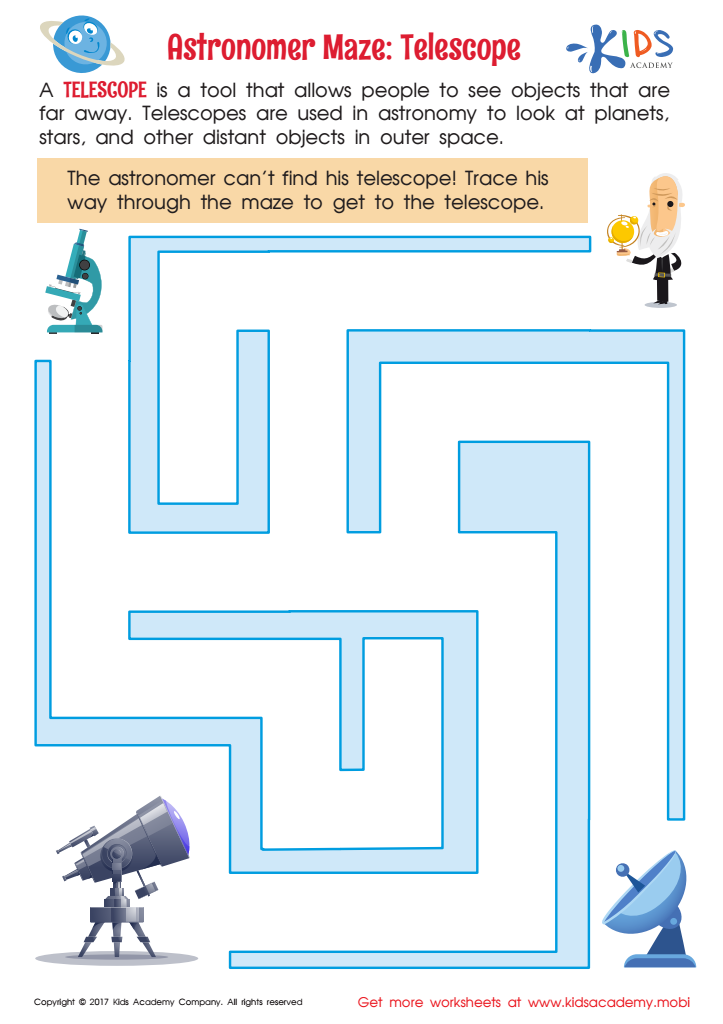

Astronomer Maze: Telescope Worksheet
Understanding directions in science is essential for young children aged 5-8, as it forms the foundation for lifelong learning and critical thinking. At this curious age, children's brains are exceptionally malleable, making it the perfect time to plant the seeds of scientific inquiry. Clear directions help build crucial cognitive skills such as focus, observation, and analysis.
Following directions in science experiments or activities fosters a sense of responsibility and boosts self-confidence. When children successfully follow step-by-step instructions, they can see immediate results, which reinforces the value of patience and attention to detail. Moreover, it cultivates a mindset of precision and accuracy, essential attributes in both scientific endeavors and daily life.
For parents and teachers, emphasizing directions in science activities can turn ordinary lessons into engaging, hands-on learning experiences. This keeps children motivated and involved, effectively transforming abstract ideas into tangible understanding. Collaboration is often required, encouraging teamwork and effective communication skills.
In essence, mastering the skill of following directions in science at a young age equates to nurturing disciplined, curious, and competent individuals. Whether building a simple weather station or mixing baking soda and vinegar, the accurate processing of directions leads to thrilling discoveries, fostering a lifelong enthusiasm for learning.

 Assign to My Students
Assign to My Students



